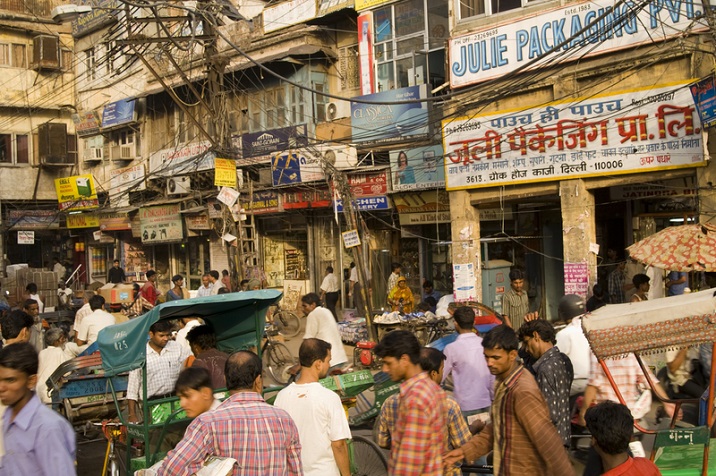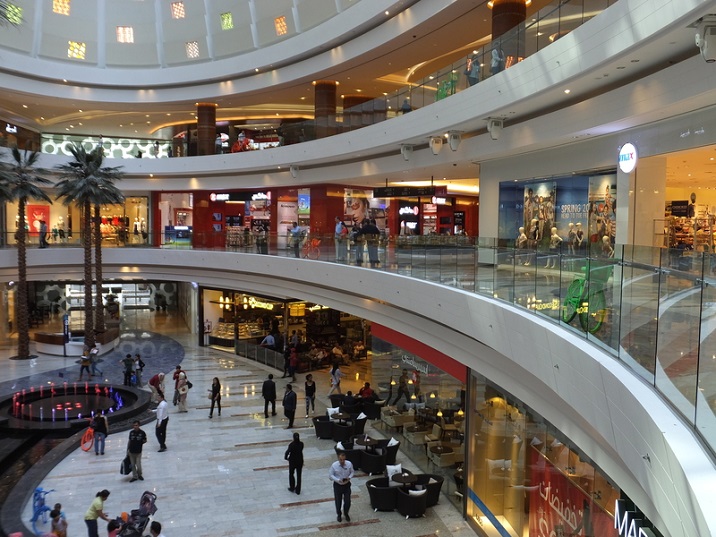
- Retailing - Overview
- Retail Management - Sectors
- Retail Challenges & Theories
- Understanding Retail Consumer
- Inside Retail Management
- Market Segmentation & Strategies
- Retail - Business Location
- Merchandise Management
- Retail - Business Operations
- Retail Management - Space
- Retail Management Resources
- Retail Management - Quick Guide
- Retail Management - Resources
- Retail Management - Discussion
Retail Management - Business Location
Silicon valley is a mindset; not a location.
− Reid Hoffman (Co-Founder, LinkedIn)
Before visiting a mall or a shop, the first question that arises in consumers mind is, How far do I have to walk/drive?
In populous cities such as Mumbai, Delhi, Tokyo, and Shanghai to name a few, consumers face rush-hour traffic jams or jams because of road structure. In such cases, to access a retail outlet to procure day-to-day needs becomes very difficult. It is very important for the consumers to have retail stores near where they stay.
Importance of Location in Retail Business
Retail store location is also an important factor for the marketing team to consider while setting retail marketing strategy. Here are some reasons −
Business location is a unique factor which the competitors cannot imitate. Hence, it can give a strong competitive advantage.
Selection of retail location is a long-term decision.
It requires long-term capital investment.
Good location is the key element for attracting customers to the outlet.
A well-located store makes supply and distribution easier.
Locations can help to change customers buying habits.
Trade Area: Types of Business Locations
A trade area is an area where the retailer attracts customers. It is also called catchment area. There are three basic types of trade areas −
Solitary Sites
These are single, free standing shops/outlets, which are isolated from other retailers. They are positioned on roads or near other retailers or shopping centers. They are mainly used for food and non-food retailing, or as convenience shops. For example, kiosks, mom-andpop stores (similar to kirana stores in India).
Advantages − Less occupancy cost, away from competition, less operation restrictions.
Disadvantages − No pedestrian traffic, low visibility.
Unplanned Shopping Areas
These are retail locations that have evolved over time and have multiple outlets in close proximity. They are further divided as −
- Central business districts such as traditional downtown areas in cities/towns.
- Secondary business districts in larger cities and main street or high street locations.
- Neighborhood districts.
- Locations along a street or motorway (Strip locations).

Advantages − High pedestrian traffic during business hours, high resident traffic, nearby transport hub.
Disadvantages − High security required, threat of shoplifting, Poor parking facilities.
Planned Shopping Areas
These are retail locations that are architecturally well-planned to provide a number of outlets preferably under a theme. These sites have large, key retail brand stores (also called anchor stores) and a few small stores to add diversity and elevate customers interest. There are various types of planned shopping centers such as neighborhood or strip/community centers, malls, lifestyle centers, specialty centers, outlet centers.

Advantages − High visibility, high customer traffic, excellent parking facilities.
Disadvantages − High security required, high cost of occupancy.
Factors Determining Retail Locations
The marketing team must analyze retail location with respect to the following issues −
Size of Catchment Area − Primary (with 60 to 80% customers), Secondary (15 to 25% customers), and Tertiary (with remaining customers who shop occasionally).
Occupancy Costs − Costs of lease/owning are different in different areas, property taxes, location maintenance costs.
Customer Traffic − Number of customers visiting the location, number of private vehicles passing through the location, number of pedestrians visiting the location.
Restrictions Placed on Store Operations − Restrictions on working hours, noise intensity during media promotion events.
Location Convenience − Proximity to residential areas, proximity to public transport facility.
Steps to Choose the Right Retail Location
A retail company needs to follow the given steps for choosing the right location −

Step 1 - Analyze the market in terms of industry, product, and competitors − How old is the company in this business? How many similar businesses are there in this location? What the new location is supposed to provide: new products or new market? How far is the competitors location from the companys prospective location?
Step 2 Understand the Demographics − Literacy of customers in the prospective location, age groups, profession, income groups, lifestyles, religion.
Step 3 Evaluate the Market Potential − Density of population in the prospective location, anticipation of competition impact, estimation of product demand, knowledge of laws and regulations in operations.
Step 4 - Identify Alternative Locations − Is there any other potential location? What is its cost of occupancy? Which factors can be compromised if there is a better location around?
Step 5 Finalize the best and most suitable Location for the retail outlet.
Measuring the Success of Location
Once the retail outlet is opened at the selected location, it is important to keep track of how feasible was the choice of the location. To understand this, the retail company carries out two types of location assessments −
Macro Location Evaluation
It is conducted at a national level when the company wants to start a retail business internationally. Under this assessment, the following steps are carried out −
Detailed external audit of the market by analyzing locations as macro environment such as political, social, economic, and technical.
Most important factors are listed such as customers level of spending, degree of competition, Personal Disposable Income (PDI), availability of locations, etc., and minimum acceptable level for each factor is defined and the countries are ranked.
The same factors listed above are considered for local regions within the selected countries to find a reliable location.
Micro Location Evaluation
At this level of evaluation, the location is assessed against four factors namely −
Population − Desirable number of suitable customers who will shop.
Infrastructure − The degree to which the store is accessible to the potential customers.
Store Outlet − Identifying the level of competing stores (those which the decrease attractiveness of a location) as well as complementary stores (which increase attractiveness of a location).
Cost − Costs of development and operation. High startup and ongoing costs affect the performance of retail business.